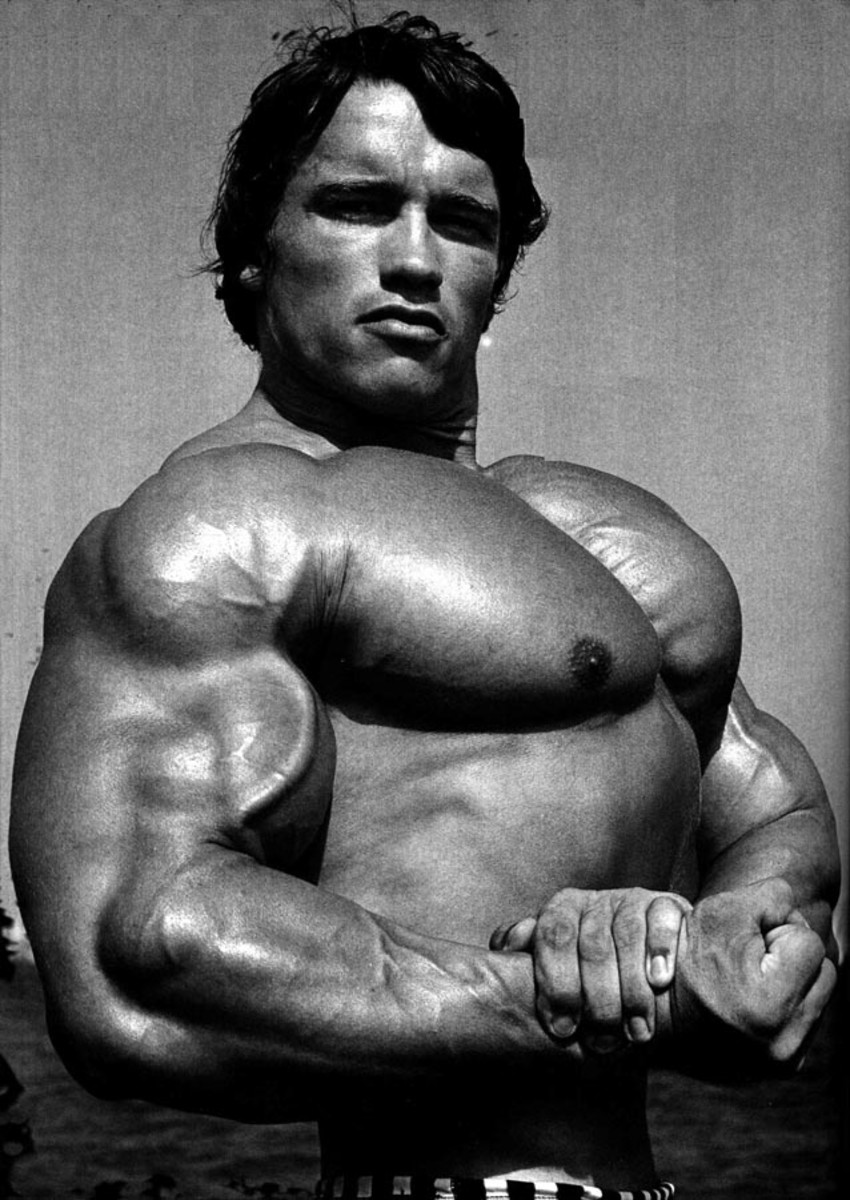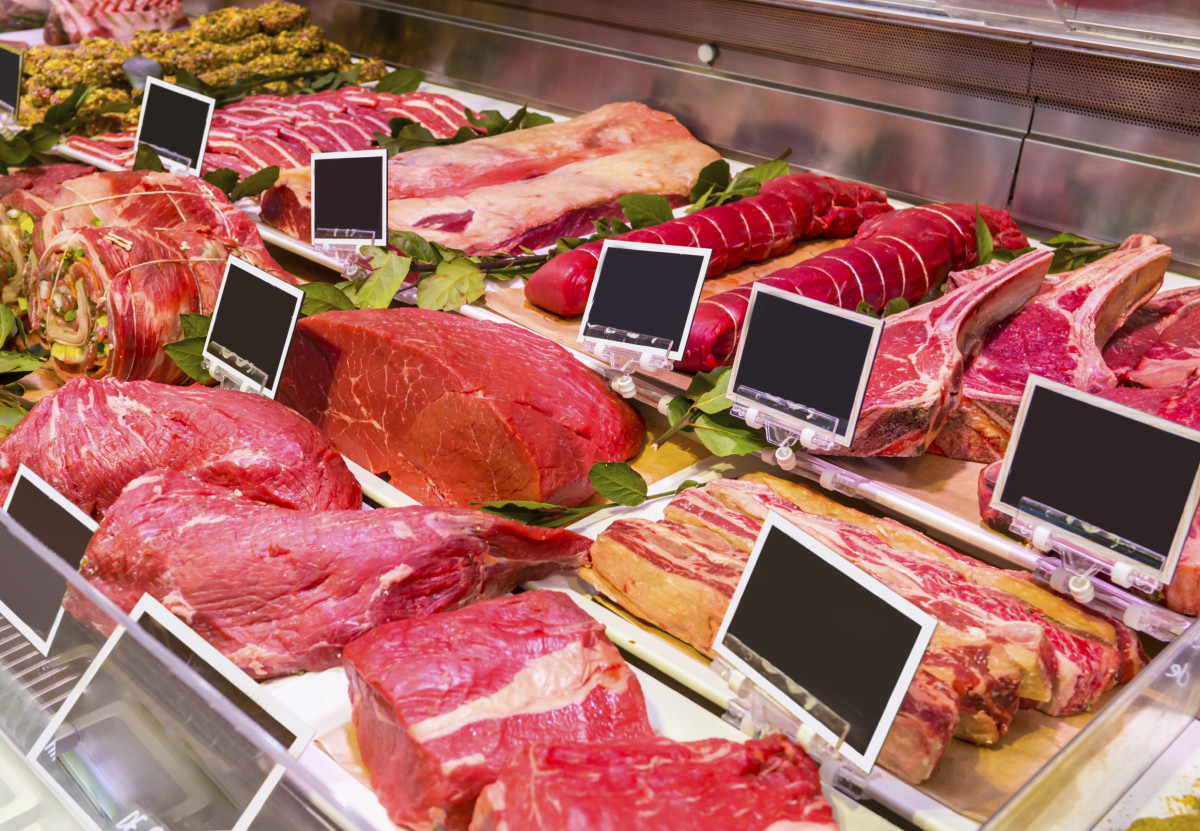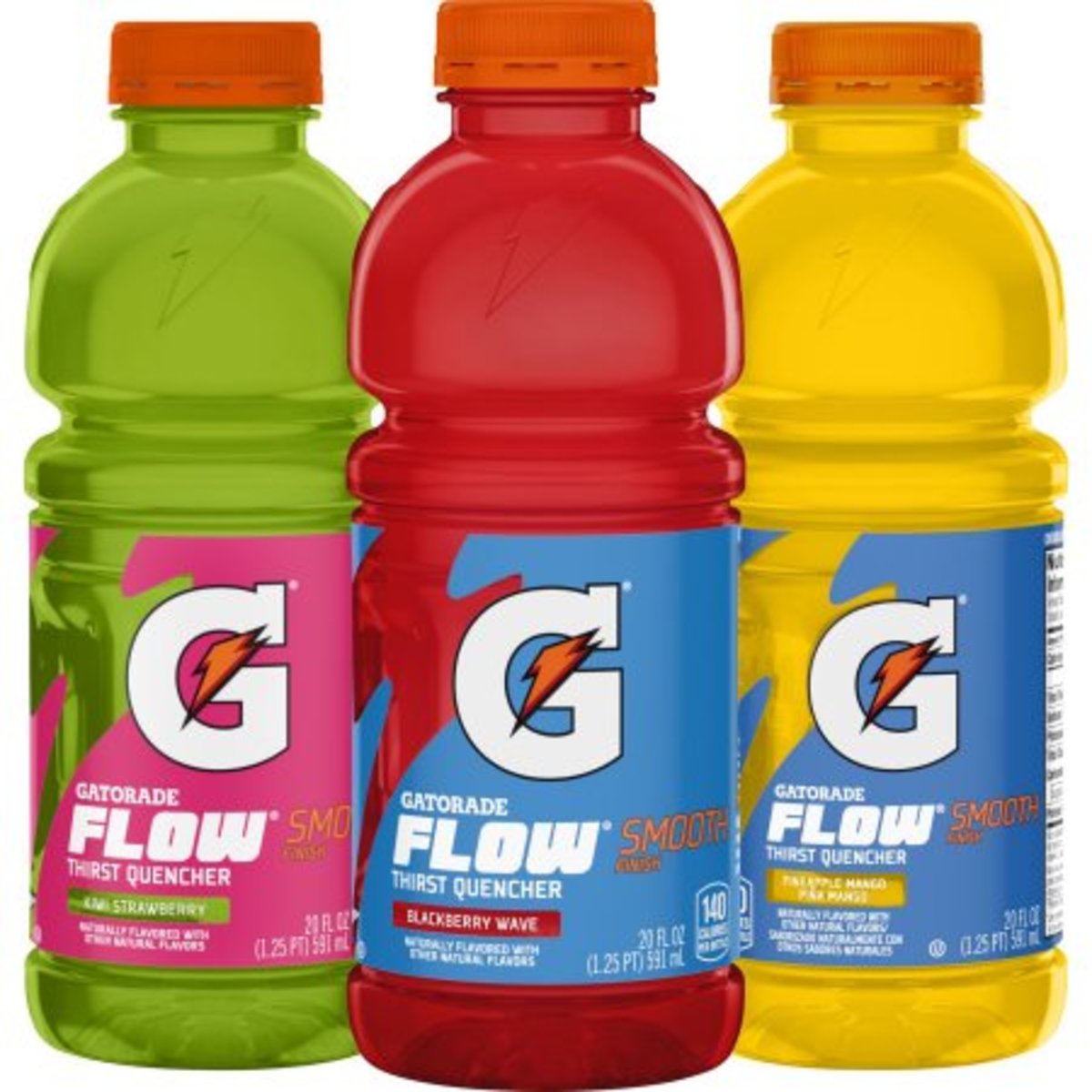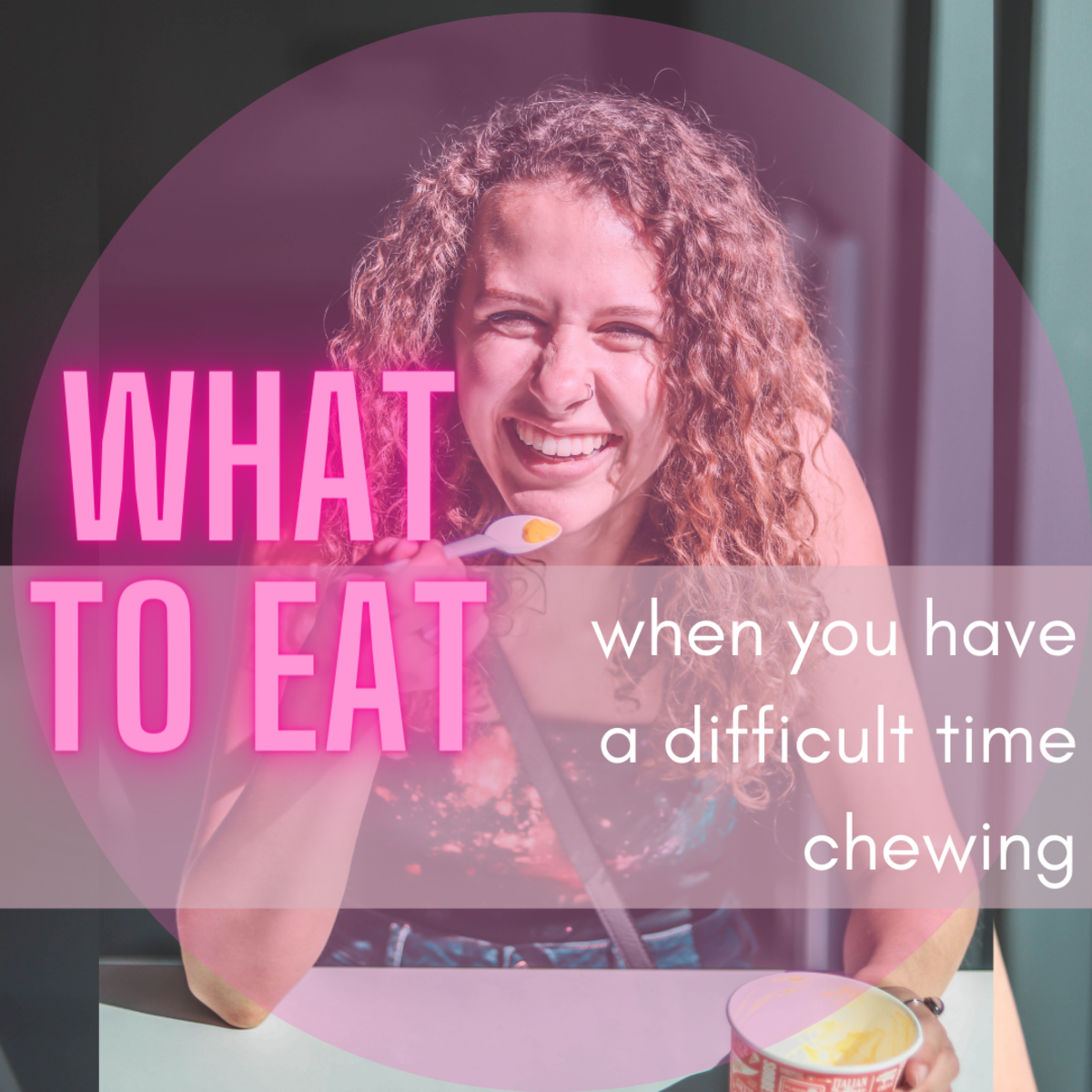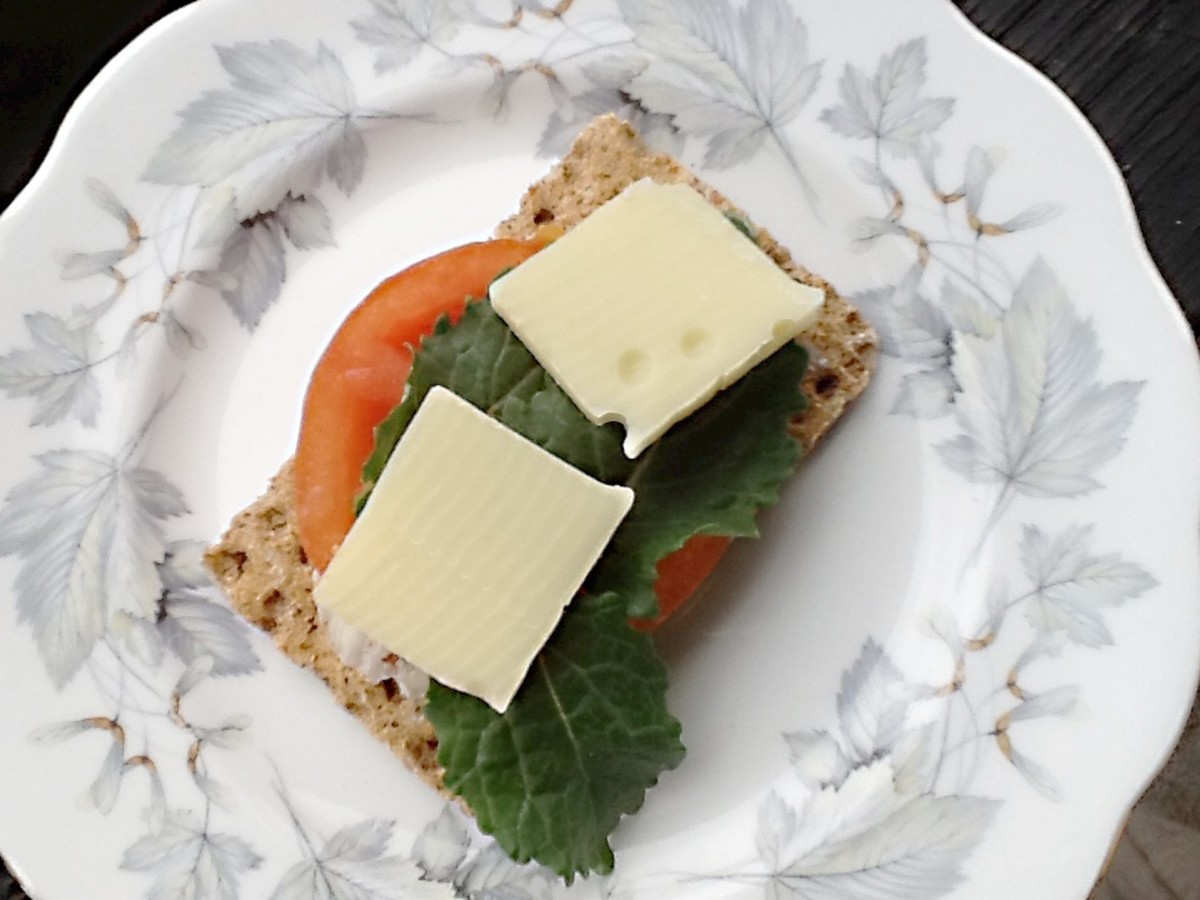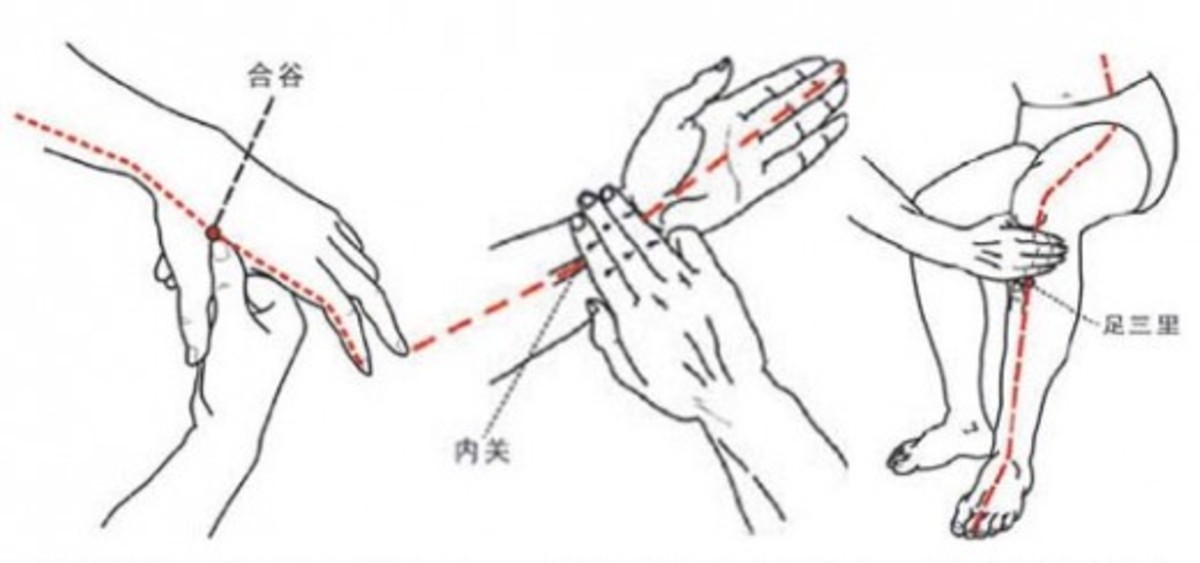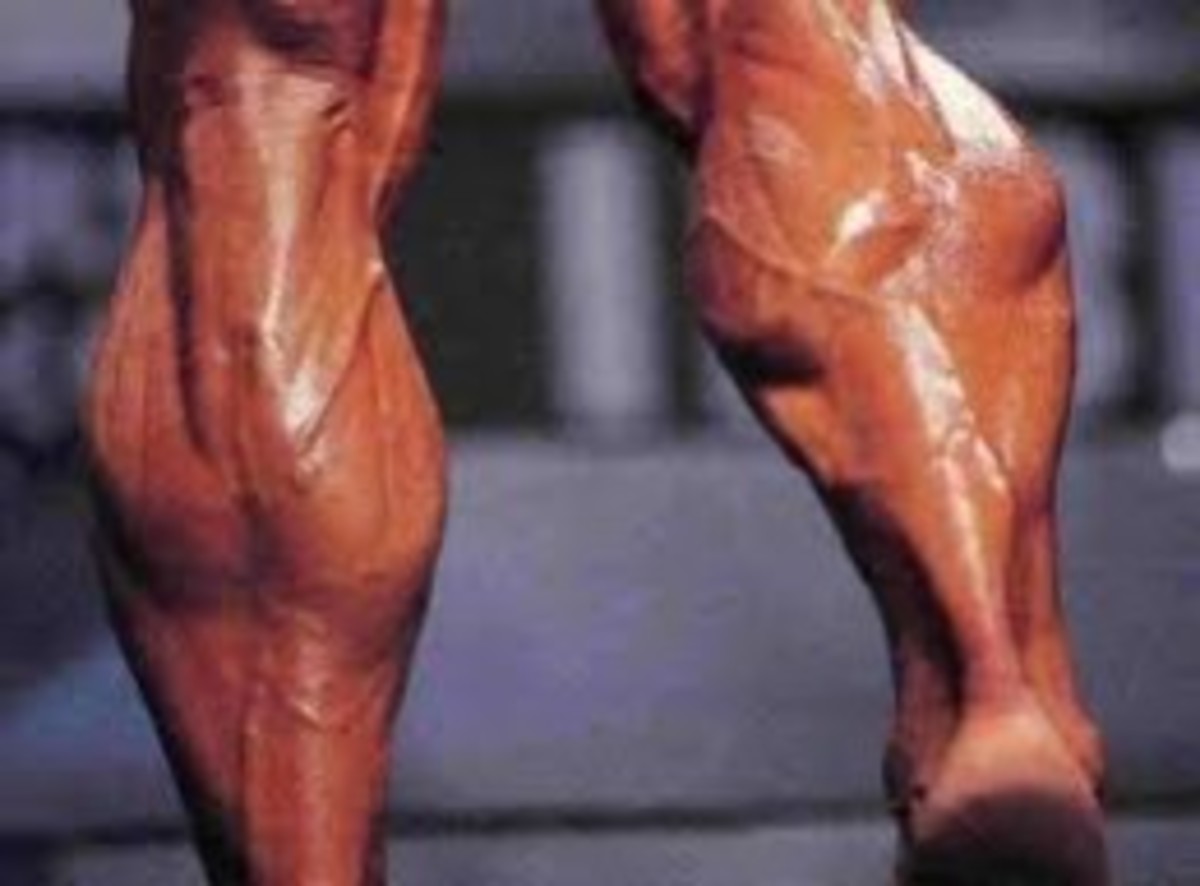Top 10 High Carbohydrate Foods for Muscle Mass (2018)
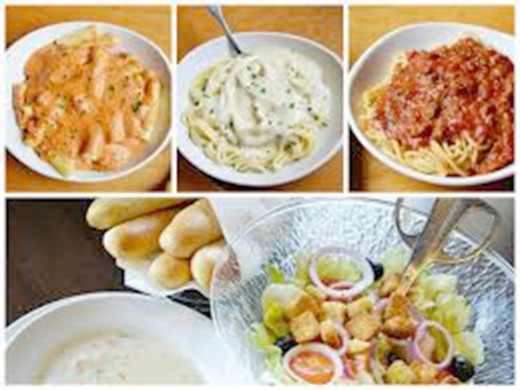
Why Carbohydrates?
Carbohydrates provide the body with fuel for energy and additional calories for muscle growth. Additionally, a diet high in carbohydrates can create a protein-sparring effect. A protein-sparring effect occurs when the individual has consumed enough carbohydrates throughout their daily diet. This makes it so that the weight-lifter does not have to consume as much protein each day in order to build bigger muscles. Needless to say, a diet high in carbohydrates is most recommended for individuals serious about working out week after week. For fitness models and casual lifters, carbohydrates will provide these people with the much-needed energy for long distance running and/or heavy lifting in the weight-room. Whether it's for aerobic workouts or anaerobic workouts, eliminating carbohydrates from your diet is not recommended. Fruits, vegetables, pasta, crackers, bread, cereal and other foods are all carbohydrates. Complex carbohydrates are necessary for muscle growth.
10. Bagels
Whole grain, wheat or plain bagels are great for adding additional carbohydrates to your daily diet. Of course, whole grain bagels are the healthiest option out of the three. Each plain individual bagel usually has about 50 grams of carbohydrates, 300 calories, 5 grams of fat, 400 milligrams of sodium, 9 grams of protein and 5 grams of sugar. Thomas' six-count plain bagels, which is sold at a price of $2.99, is a great product at Wal-Mart. This is a great pre-workout and post-workout snack. For additional calories and fat for muscle mass, feel free to add cream cheese, peanut butter or regular butter on both halves of the bagel after toasting them in a toaster.
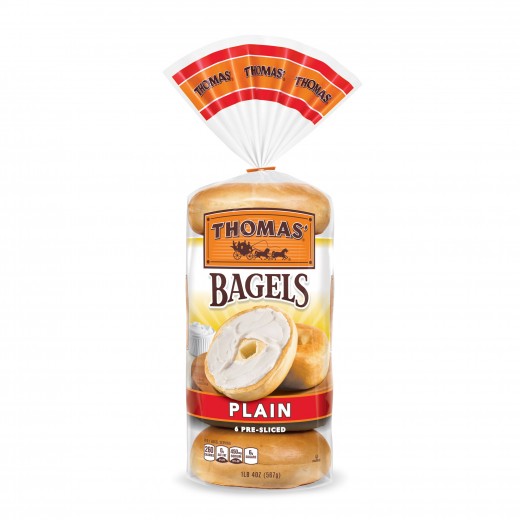
9. Peanut Butter Saltine Cracker Sandwiches
Peanut butter saltine crackers provide a good balance between fat, protein and carbohydrates. Although the consumer can not purchase the peanut butter cracker sandwiches in the store, he or she can make them at home. If the fat content is a concern, try purchasing a creamy peanut butter container with reduced or low fat. For five Saltine crackers, there is 70 calories, 1.5 grams of total fat, 135 milligrams of sodium, 12 grams of total carbohydrates, 1 gram of protein and 4% of iron based on a 2,000 calorie diet. This might not sound like a lot of carbohydrates, but 15 crackers used for about seven little peanut butter cracker sandwiches is about 50 grams of carbohydrates when combined with at least one table spoon of peanut butter.
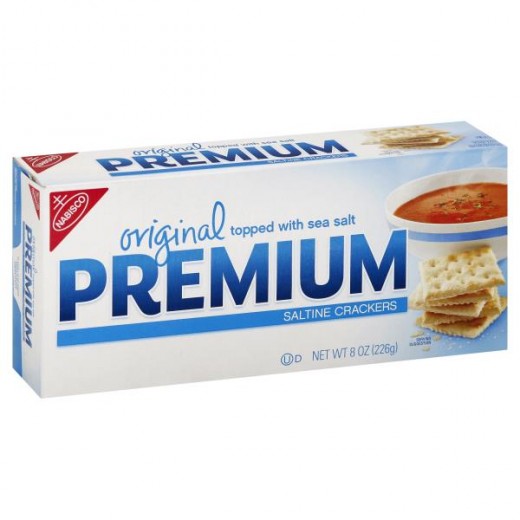
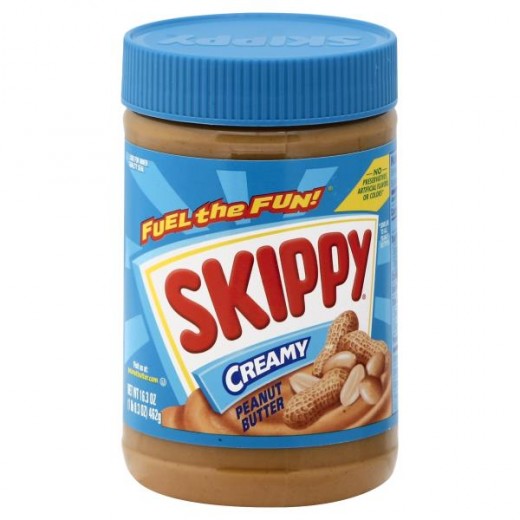
8. Whole Wheat Bread
Whole wheat bread can be eaten with almost anything. The typical meals individuals will use wheat bread with is for making turkey, tuna, ham or roast beef sandwiches. It goes great with bacon and eggs along with Italian pasta dinner entrées as well. Wheat bread is slow digesting, which makes it a great pre-workout snack, and next to white bread, is the far more healthier option. The nutritional facts for whole wheat bread varies by brand. Per one slice of bread, there is usually about 70 calories, 3 grams of fat, 140 milligrams of sodium, 14 grams of carbohydrates, 2 grams of sugar and 5 grams of protein. Whole wheat bread is great for weight gain, muscle growth and even weight loss, if the individual consumes it in moderation.
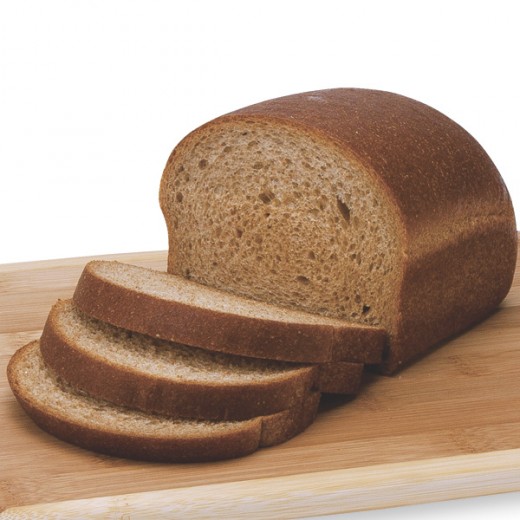
7. Whole Grain Oatmeal
Whole grain oatmeal is one of the best sources for carbohydrates in the super market. For half-a-cup dry, there is 150 calories, 3 grams of total fat, 0 milligrams of cholesterol, 0 grams of sodium, 150 milligrams of potassium, 27 grams of total carbohydrates, 4 grams of dietary fiber, 1 gram of sugar and 5 grams of protein. I personally prefer to buy it plain and flavorless. It's healthier for people to add their own fruit to plain oatmeal instead of buying the sugary, flavored packets. Oatmeal has also shown great benefit for heart health. Some might not believe it, but I've personally had my best muscle gains after consuming 3 cups per night about five days per week. Although it might not taste as great, oatmeal can even be added to weight-gainer supplements or smoothies for additional carbohydrates and calories.
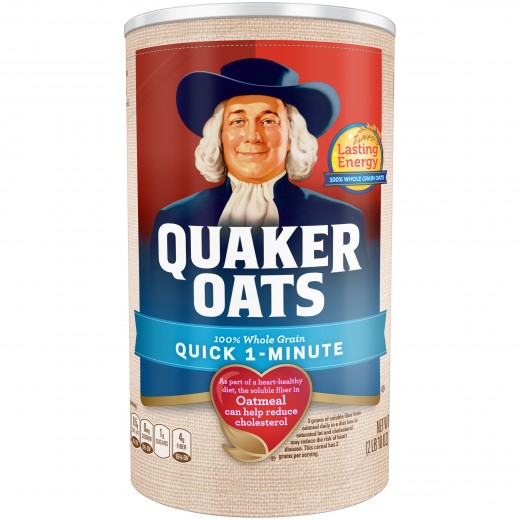
6. Spaghetti
Like oatmeal, spaghetti is also loaded with carbohydrates. Spaghetti is great to have with chicken parmesan, seafood, meatballs, salads and other foods. Although the dinner entrées at Olive Garden are high in sodium and sometimes fat, they make excellent meals before or after exercising. In one 2 oz. (56 grams) of spaghetti, there is about 200 calories, 1 gram of fat, 44 grams of total carbohydrates, 2 grams of dietary fiber, 0 grams of sugar and 4 grams of protein. In gluten free spaghetti, there is rice flour, corn flour and mono and diglycerides.
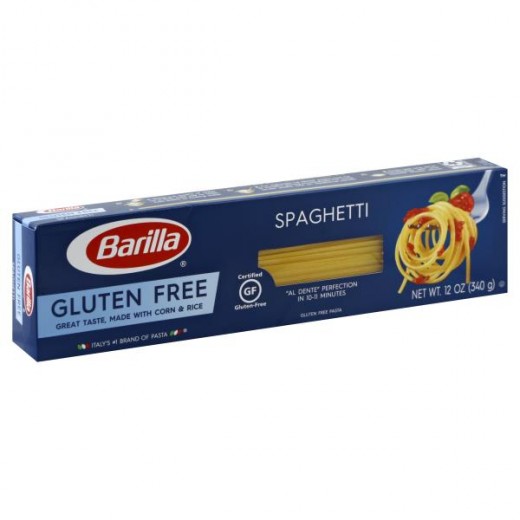
5. Whole Grain Oatnut Bread
Whole grain oatnut bread is great to have with breakfast meals, trail mix, pasta and served as bread for sandwiches for lunch. Per one slice of the Oroweat Premium Whole Grain Oatnut Bread, there is 110 calories, 2 grams of total fat, 130 milligrams of sodium, 19 grams of total carbohydrates, 2 grams of dietary fiber, 3 grams of sugar and 4 grams of protein. There are also 13 grams of whole grains per serving as well. The types of nuts used in oatnut bread are hazelnuts, sunflower seeds, walnuts and almonds. This product also contains soy and whey (milk).
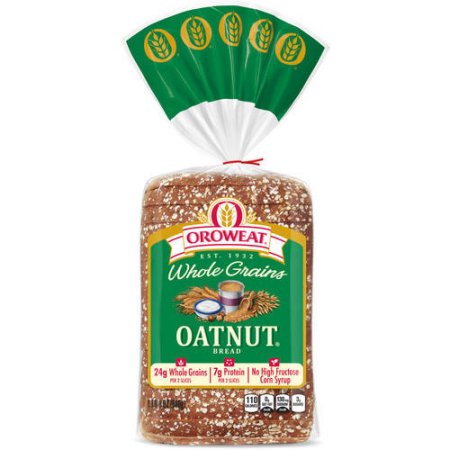
4. Whole Grain Cereal
Whole grains cereal, such as Cheerios for one perfect example, can provide additional carbohydrates throughout your daily diet for muscle growth. In one cup (26 grams), there is 100 calories, 2 grams of total fat, 0 milligrams of cholesterol, 140 milligrams of sodium, 180 milligrams of potassium, 20 grams of total carbohydrates, 3 grams of dietary fiber, 1 gram of sugar and 3 grams of protein. Cereal is also a great way to consume additional vitamins and minerals. If an individual looks closely on the nutrition facts, Cheerios is also gluten free. Studies show that a bowl of Cheerios when combined with at least one cup of oatmeal four days per week with daily exercise can help both men and women to lower their cholesterol levels. Diets high in oats means that individuals will also be consuming a lot of fiber throughout the day.
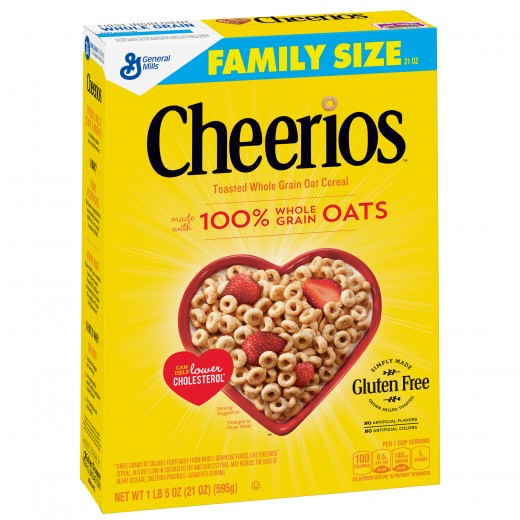
3. Pizza
There are all kinds of different pizzas and pizza toppings. Pepperoni, pepper, ham and pineapple, mushroom, anchovies, plain cheese and other topping options are available for pizza lovers. There is also thin crust, pan and hand toss. Pizza has a bad reputation for fitness models and bodybuilders due to the high carbohydrates, greasy cheese and fat content for each slice. However, making your own pizza from home can be very beneficial. It's a lot of hard work, but at least the cook will know which ingredients are being used and how much of it in general. Now, I do not recommend Pizza Hut, Dominoes, Papa John's, or other nationwide, famous pizza chains. If you have to order pizza and can't make it on your own, try to order pizza from a family-owned restaurant or from a five star restaurant, for that matter. Using napkins to wipe off excess grease is also a good thing to do. The nutrition facts for pizza vary a lot. Per one five inch wide slice, there can be about 200 calories, 7 grams of fat, 15 milligrams of cholesterol, 350 milligrams of sodium, 25 grams of carbohydrates, 3 grams of sugar and 8 grams of protein.
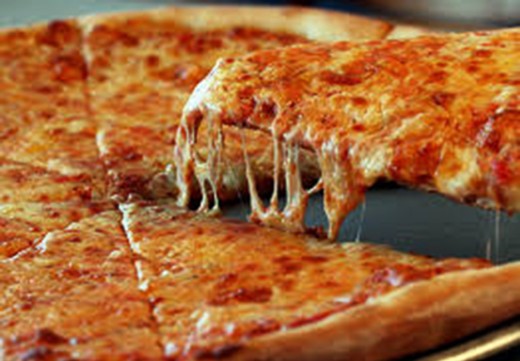
2. Macaroni and Cheese
Macaroni and cheese can provide the right amount of fat, protein and carbohydrates for muscle growth. Unlike pizza, macaroni and cheese can be eaten without ever needing to wipe off grease. For one prepared cup (189 grams) of mac and cheese, there is about 320 calories, 10 grams of total fat, 20 milligrams of cholesterol, 870 milligrams of sodium, 45 grams of total carbohydrates, 3 grams of dietary fiber, 3 grams of sugar and 12 grams of protein. Kraft Mac & Cheese is good for kids, and I'll even admit that I open a box every now and then. Having said that, it is still healthier for individuals to make their own macaroni and cheese. This is a great post-workout meal when consumed with a high protein supplement.
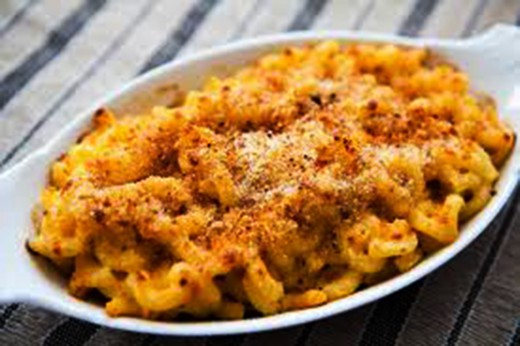
1. Lasagna
Lasagna is my favorite food, so I'm probably a bit biased on this one. Lasagna is high in carbohydrates, protein, calories and fat. Contrary to what some individuals may believe, you can still get a lot of protein with lasagna without adding in excessive meat sauce. In one square lasagna slice (123 grams), there is usually about 170 calories, 9 grams of total fat, 25 milligrams of cholesterol, 470 milligrams of sodium, 250 milligrams of potassium, 3 grams of dietary fiber, 3 grams of sugar and about 10 grams of protein. Despite no mention of fruits and vegetables in this article, be sure to consume multiple servings of both each day. Carrots and broccoli can be added to pasta dishes for additional fiber and vitamins and minerals.
Each of these foods can contribute to helping individuals to train harder, build bigger muscles and even help with recovery efforts in-between workout sessions. If a lifter consumes enough carbohydrates throughout his or her day, it will make it easier on the body to repair and build muscle tissue with the leftover protein. For ectomorphic bodybuilders and casual lifters, who are interested in packing on additional muscle mass, try to stick to the 60/30/10 formula when combined with a heavy weight-lifting exercise regimen. This is 60% carbohydrates, 30% proteins and 10% fats.
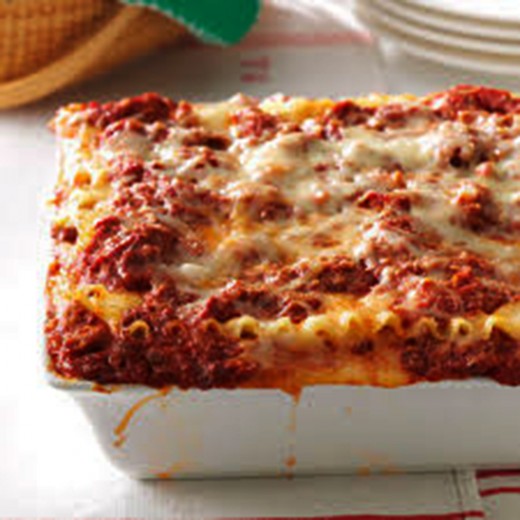
Personal Preference
Aside from a dessert, what is your favorite carbohydrate food?
© 2018 James Foglio

